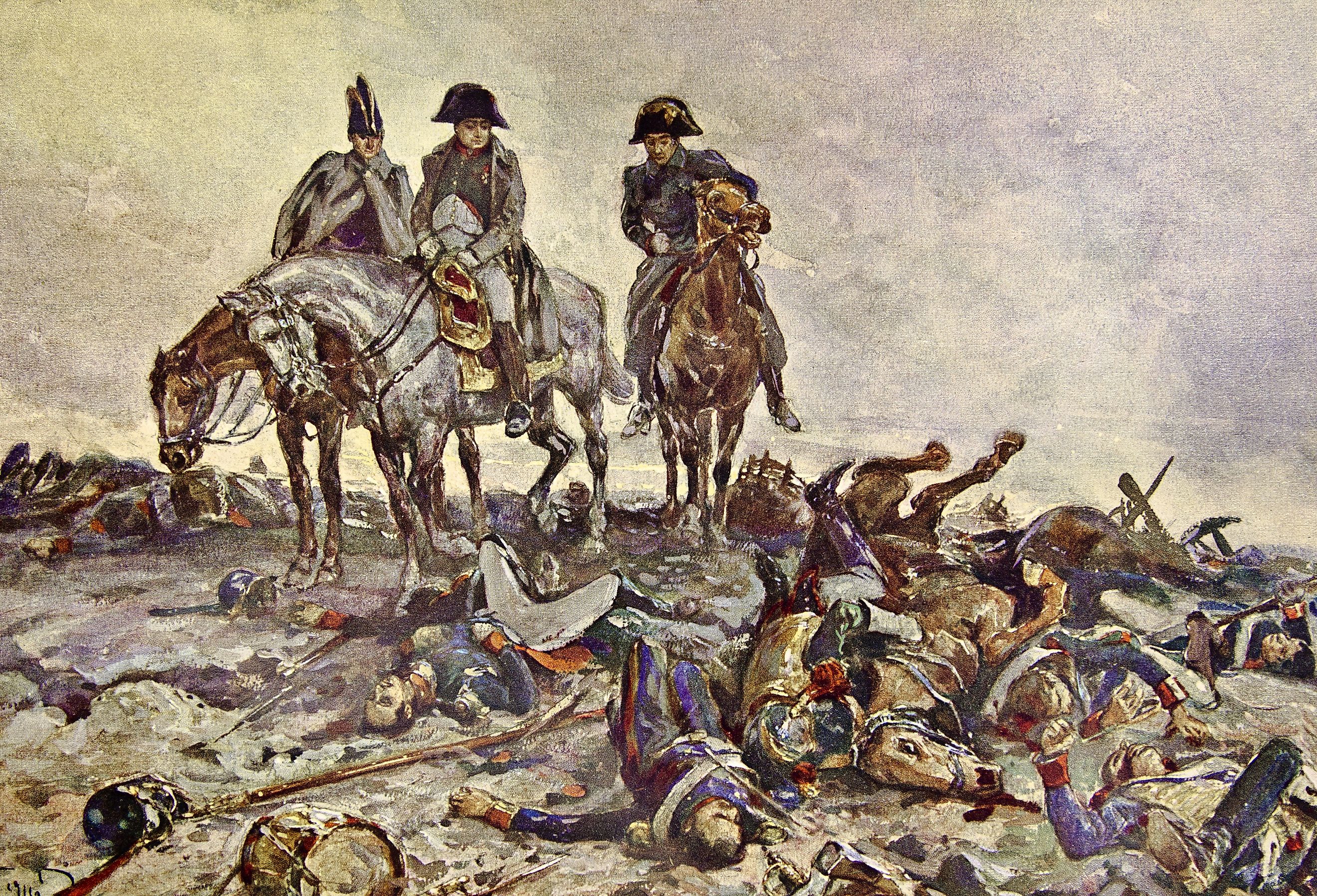
War of the Fourth Coalition
By October of 1806, Europe had descended into a constant theater of warfare. Alliances formed and failed practically overnight, and entire countries betrayed the same treaties, again and again. France remained at the center of this violent drama, but after three previous Coalition Wars, more states were on France's side than ever before. As the Emperor of France, Napoleon Bonaparte continued to outmaneuver his enemies while inspiring his troops, in a glorious fashion. The origins of this conflict represented a clash between monarchy and revolution after the events of the French Revolution in 1789 that had overthrown the feudal system. The increasing pressure from surrounding kingdoms meant that France was embattled on all sides, and without total unity, would be doomed to fail. One way or another, tales of victory and defeat would continue to be told about the War of the Fourth Coalition for centuries to come.
Background
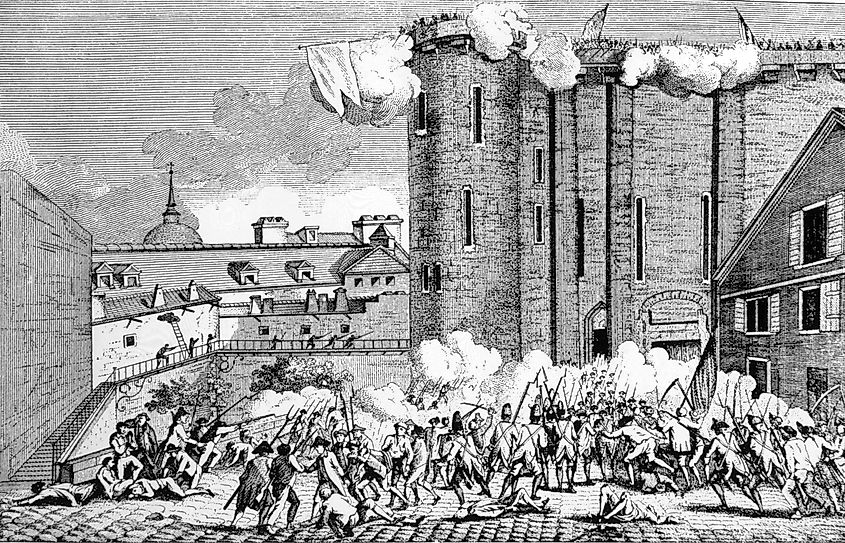
Three coalition wars had come and gone by October of 1806. Initially, the newly formed French Republic was challenged by every surrounding nation after the Revolutionaries overthrew and executed the French king, Louis XVI, in 1793. These nations were terrified of populist ideals leaking into their kingdoms and feared similar results for their nobility as countless nobles were slaughtered in France following the execution of Louis XVI and the Reign of Terror. Moreover, several kingdoms believed that the shift in the French government meant that France would be vulnerable to opportunistic seizures of land and assets. Therefore, these sets of nations relentlessly pounded on French borders, with abysmal results. The differing goals and lack of central command allowed the tactical genius of French leaders like Napoleon Bonaparte to divide, and conquer significantly larger enemies.
Prussia was a sizable empire that was shattered by the French in the War of the First Coalition by late 1794. Others, like Britain, continued hostilities with France after the Peace Treaty of Amiens collapsed in 1803. Looking to challenge France’s expansion and powerful establishment of vassal states in modern-day Germany, called the Confederation of the Rhine, Prussia once again declared war and brought together a coalition of countries against France. Austria had been hit hard in the preceding Coalition wars, which had led to the dissolution of the Holy Roman Empire following Napoleon’s victory at the Battle of Austerlitz and the abdication of Emperor Francis II. A central excuse for Prussian mobilization was the failure of the French to grant them control of the city of Hanover but make no mistake: the monarchies of Europe could not rest until revolutionaries like Napoleon had been deposed.
Belligerents
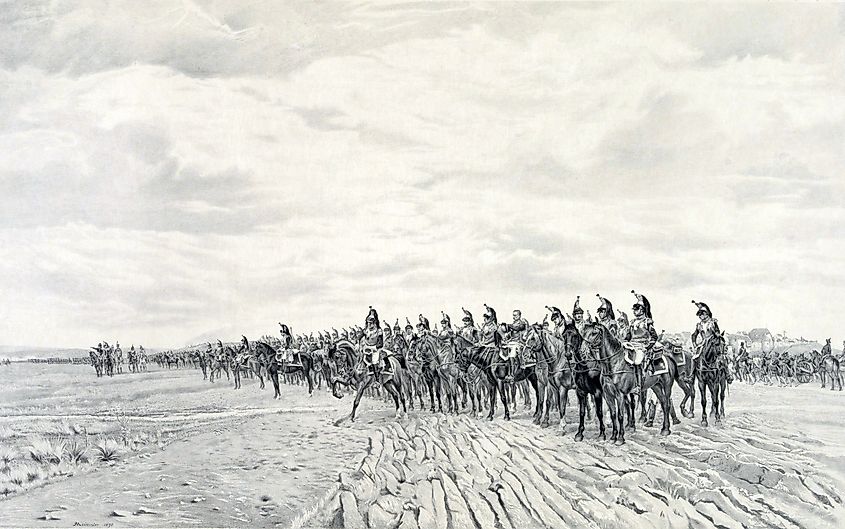
The War of the Fourth Coalition was primarily a showdown between Prussia and France, with the former finally ready to confront France after taking over a decade to reinforce its military capacity. Russia, Britain, Saxony, Sweden, and Sicily all joined the Fourth Coalition, despite the loss of Austrian strength in the War of the Third Coalition. However, France found allies in Spain (a former enemy) and the many vassals France had established in prior years, such as Etruria, Holland, Naples, and the Polish Legions. The Confederation of the Rhine consisted of territories that had long ago belonged to the Holy Roman Empire, but France established them in 1806 to bolster French military power. Interestingly, Saxony was forced to switch sides before the end of the War of the Fourth Coalition, after it was added to the Confederation of the Rhine because of the Treaty of Posen in December of 1806. Notably, even the Russians would partner with France at the end of this war, which finally ceased on July 9, 1807.
Prussian Campaign
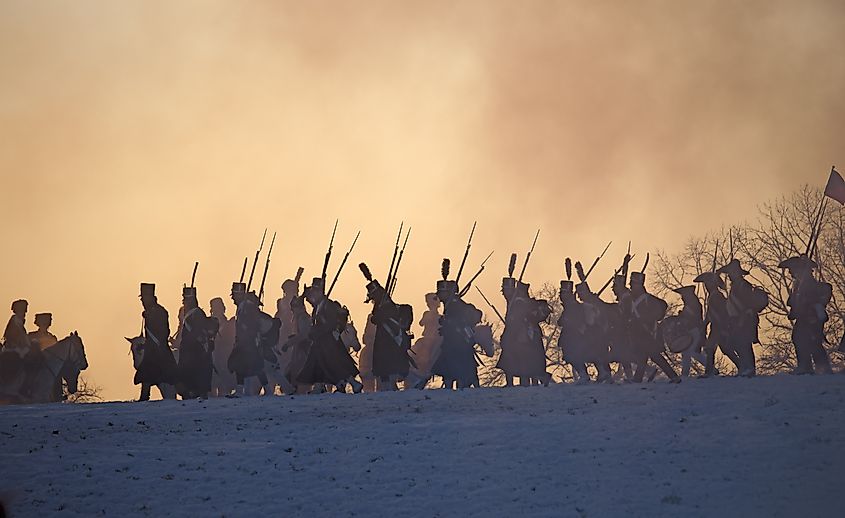
With only Saxony by their side, due to the weakened Russian and British (and eliminated Austrian) forces needing time to recover, Prussia declared war in August of 1806. Napoleon, in characteristic fashion, preemptively marched hundreds of thousands of troops toward southern Saxony. The troops always remained close enough to each other in the event of a clash. Prussian generals were divided on the strategy they needed to undertake, and France’s La Grande Armée obliterated Prussian divisions in the Battle of Schleiz, and the Battle of Saalfeld, between the 9th and 10th of October.
In the October 14th Battles of Jena and Auerstedt, France overwhelmed the core of the Prussian army despite being outnumbered. Fear of Napoleon crippled the Prussian King’s response after the command of the army was relegated to him following the deaths of two Prussian commanders. After 19 days, Napoleon managed to enter Berlin after reducing the Prussian forces to ashes. On December 11th, Napoleon brought Saxony into his Confederation of the Rhine (effectively forcing the region to switch sides).
French Campaigns against the Swedish and the Russians
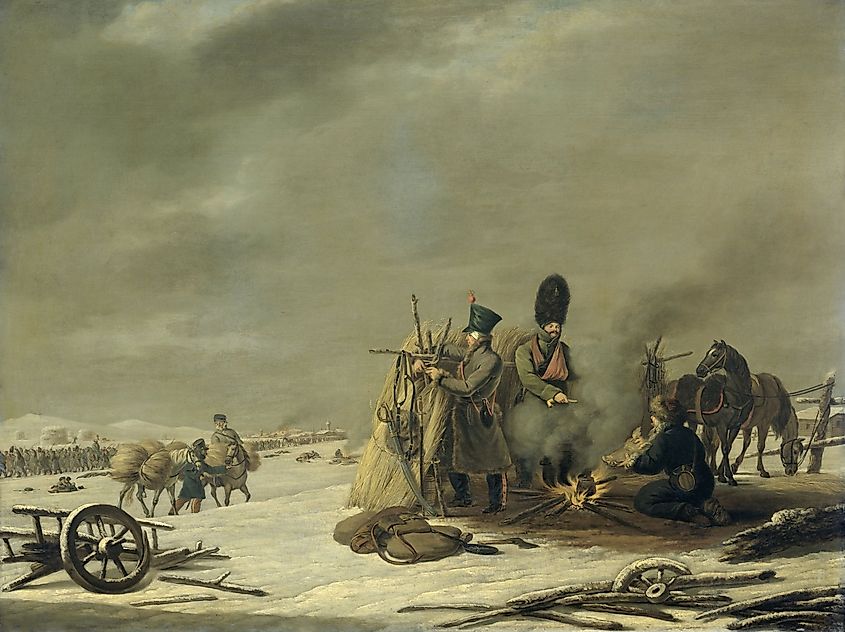
Although the Prussian Imperial army had been defeated, their capital at Königsberg still stood deep within Polish territory, guarded by Russian armies. Therefore, Napoleon marched La Grande Armée to the north and faced the Russian 1st Army between Heilsberg and Pultusk. Both attempts to encounter the Russians failed, but on February 7th of 1807, the Battle of Eylau took place. The combat ended in a costly draw after the French, and Russian/Prussian armies suffered around 25 and 40 thousand casualties, respectively. However, the Russians did retreat north, and on June 14th Napoleon bested them again, ending in the Tsar of Russia, Alexander I, suing for peace.
The Swedish campaign was objectively more defensive, against French aggression. After all, Napoleon generally favored a “first-strike” strategy. The Swedish had lost the earlier battle of Lübeck, but siege attempts on the Swedish fort of Stralsund proved inadequate, and the French were made to retreat. A ceasefire agreement was made on April 18th, 1807, but it collapsed, and Stralsund Fort was captured by the French on August 24th. This progression paved the way for an armistice that saw the peaceful retreat of Swedish troops and armaments. At this point, the Russians, Prussians, Swedish, and Saxons had all been entirely dispersed by French forces.
Aftermath
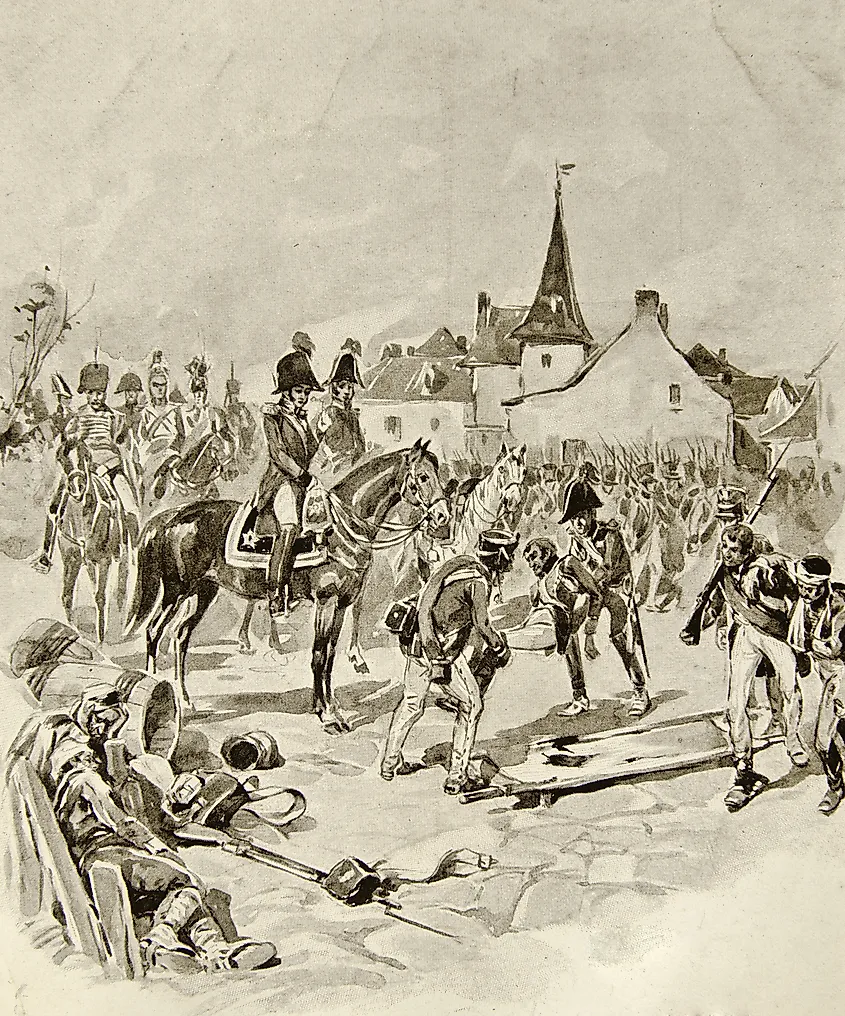
Although France did not confront Britain through military might, an economic battle took place throughout the entirety of the War of the Fourth Coalition. Part of Napoleon’s plan, through expansion, was to cripple the British economy through the “Continental System.” Portugal was the last ally of Britain, aiding them with Portuguese ports, and this became the natural focus after the Fourth Coalition was defeated. Russia agreed to not only peace with France but allied with them following the Treaty of Tilsit, furthering efforts against Britain. French seizure of Prussian land resulted in over 50% of Prussian territories being lost, with more vassal states established to support Napoleon’s Empire. Never before had France controlled so much of Europe, and only time could tell if that domination would last.











